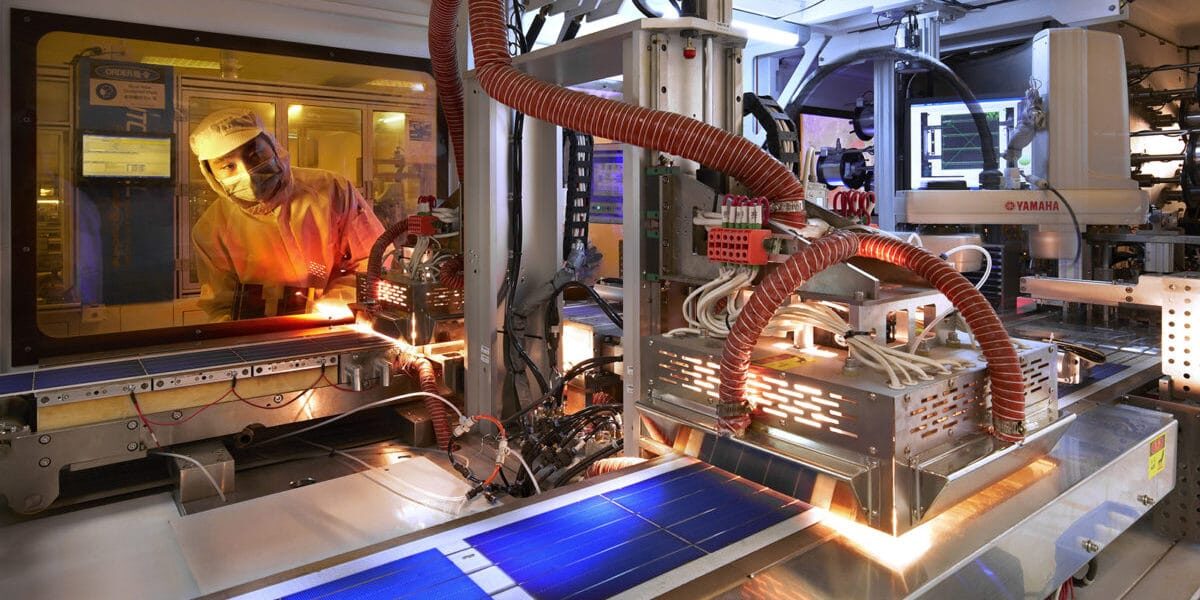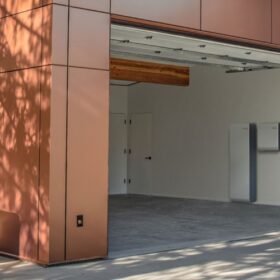It’s no secret that rooftop solar companies and their customers are at war with utilities. As solar gains an increasing share of key markets, utilities have sought to kill the market and/or claw back revenue from their customers who go solar, through either dismantling net metering and/or changing rates to provide less economic benefit to PV system owners.
But while utilities are winning some policy battles, they are slowly losing the war, as the metric of 2 million cumulative PV systems coming online in the first quarter of this year supports. And leading the opposition not only in the scale of deployments, but the sophistication of offerings is Sunrun, the nation’s largest residential solar company.
Sunrun’s top-line operational and financial results for the first quarter of 2019 were not terribly exciting. While the company’s 86 MW deployed is a 27% increase over the first quarter of 2018, it is less than the third or fourth quarter of last year, and given that all third-party solar companies use their own unique measurements of the value they create, metrics like “net present value” and “net earning assets” require a lawyer and an accountant to fully evaluate.
For a more conventional metric, Sunrun reported $194 million in revenues and an operating loss of $44 million, which resulted in a net loss of $87 million. But third-party solar companies consistently lose money quarter-over-quarter while building a portfolio of assets, so this is not novel, nor does it have the significance that a loss in a company with a more conventional business model has.
Expanding the role of rooftop solar
But while the company’s financial results were largely par for the course, Sunrun is slowly changing the role of residential solar, and taking on more and more of the roles that have traditionally been supplied by centralized generation.
This starts with energy storage, and Sunrun is seeing increasing success with its Brightbox offering, which pairs batteries with rooftop solar. The company estimates that Brightbox represents 10% of the systems it deploys, and 25% in California, with roughly 5,000 systems deployed to date.
The higher rate of solar + storage in California is not accidental, as residential solar customers in the service areas of the state’s three large investor-owned utilities are now subject to mandatory time-of-use rates under Net Metering 2.0.
And Sunrun is making use of the storage it deploys. During the quarter the company successfully bid to supply capacity to New England’s grid operator, the first time that this has been done using a portfolio of distributed solar assets.
Sunrun says that it will be pursuing more opportunities to supply services to wholesale markets in the future, including trying to get in on supplying some of the battery capacity that is planned to replace retiring natural gas plants in Southern California. These efforts have been supported by its winning waivers to federal generator filings for distributed PV systems in April.
Taken together, this means distributed solar and batteries moving from a niche to supplying the essential services that have until now been the monopoly of large, centralized generators. On the company’s quarterly results call Sunrun also hinted that it could take it further from here, and develop microgrid-based communities.
New construction, new opportunities
Sunrun is also bullish about the opportunities posed by California’s mandate that all new homes include either on-site PV or a contract with a community solar project. It estimates that it already has a 40% market share among the existing market for solar on new homes, which positions it well for future success.
The company also describes the process of including Brightbox in new builds as “more efficient”, which could mean that a shift to a higher portion of new homes in its mix will also support its move into coupled solar + storage and supply of grid services.
Sunrun is well ahead of its competitors in terms of market share, and even the reduction of installation prices at Tesla is unlikely to change that, with Sunrun CEO Lynn Jurich stating on the company’s results call that customers prefer a more personalized and in-depth consultation process than what is offered on the Tesla website.
Given the variation in seasonal output of solar and the limited real estate on residential rooftops, Sunrun is unlikely to ever replace your utility. But the company is increasingly taking space from both its competitors and centralized generation, with no end in sight.
This content is protected by copyright and may not be reused. If you want to cooperate with us and would like to reuse some of our content, please contact: editors@pv-magazine.com.









great news, work. we will turn this old, dirty industry sooner than realised. thank you for believing in all possibilities.
As so many have ‘argued’ in the past on the efficacy of a “personal” energy generation and storage system, ROI is becoming a laughing matter and has been exposed as the lie promulgated by the electric utility industry.
“As solar gains an increasing share of key markets, utilities have sought to kill the market and/or claw back revenue from their customers who go solar, through either dismantling net metering and/or changing rates to provide less economic benefit to PV system owners.”
Yes, going from net metering to net billing would be very ‘productive’ for the typical IOU. Especially if the utility is in ‘charge’ of determining what the wholesale electric rate is, say every 15 minutes. Crying about “duck curves” and creating the TOU, Time OF Use, peak electricity rates just after the solar PV generation part of the day is through, allows the utilities to spike electricity rates for several hours, (usually from 3 PM to 9PM) every day. Right now, today, the technology IS disruptive and IS within most folks reach. So, as the utilities try their best to put the cost on the backs of one group or another, they will push more ratepayers away from their once, “full energy services” motto. Relegated to the bone yard of past technologies.